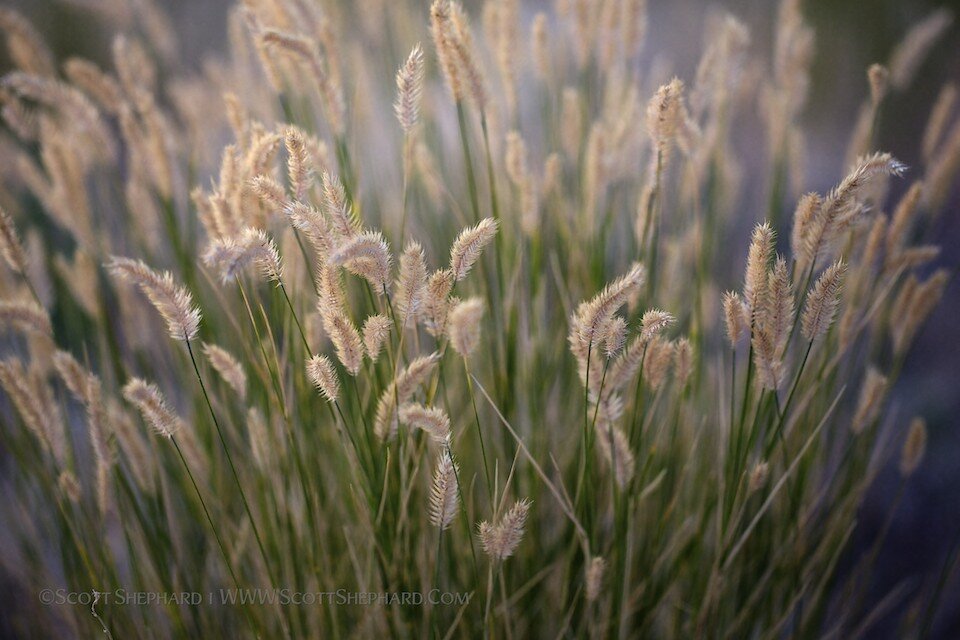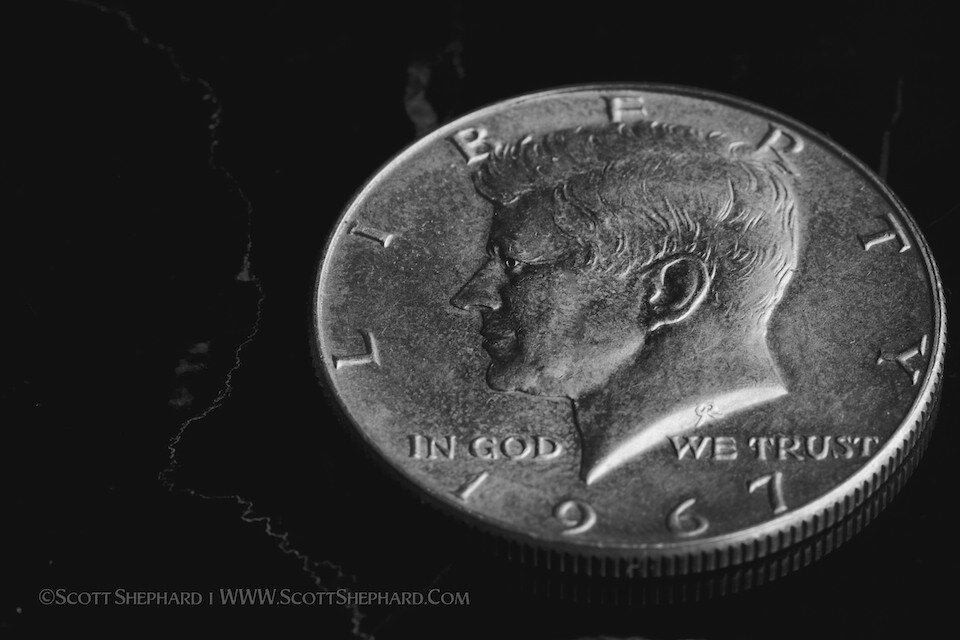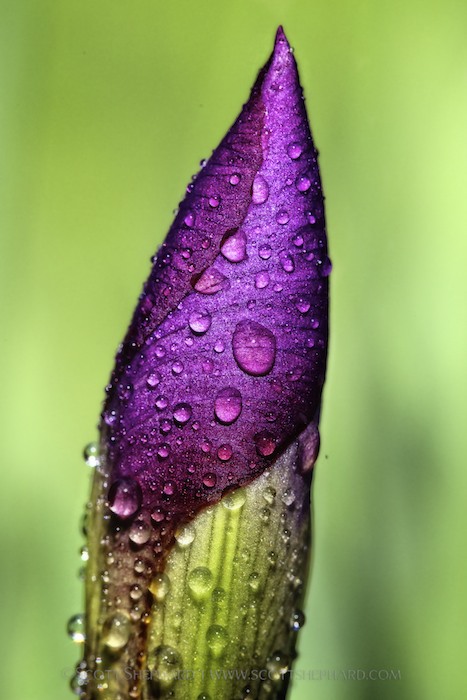 Regular readers of this blog might have noticed that what I call "A Photo A Day" has recently been "A Photo Once and A While." Quite honestly, I'm fighting through the worst "blogging slump" I've had in four years. I can't say why except that I'm a little jaded right now. I enjoy teaching photography at Lake Area Technical Institute, and I love my students but I am realizing that as much as teaching photography has given me, it also takes something away. I'm not complaining and I'll have plenty of time to recharge in a few short weeks.
Regular readers of this blog might have noticed that what I call "A Photo A Day" has recently been "A Photo Once and A While." Quite honestly, I'm fighting through the worst "blogging slump" I've had in four years. I can't say why except that I'm a little jaded right now. I enjoy teaching photography at Lake Area Technical Institute, and I love my students but I am realizing that as much as teaching photography has given me, it also takes something away. I'm not complaining and I'll have plenty of time to recharge in a few short weeks.
I will also admit that I'm a little bored with the dew dappled flower photos I post. But I posting one today, mainly because yet another winter storm has hit South Dakota and I'm looking out my window at at least 8 inches of new snow with more coming down. So my impulse was to find something colorful, and a set of iris photos I took last spring jumped out at me. I hope you like the one I've "developed."
And, before I leave, a word about words. . .
Finding a title for my photos is sometimes hard. And it could be that even my title today is a bit redundant. But I like the word "aspiration," which has the Greek word "spiro" as its root. Spiro means "to breathe." Per-spire literally means "to breathe through." Re-spire means "breathe again." But "aspire," or as in the title, "aspiration", is a little more complicated. I'll take the dictionary definition: an aspiration is "a hope or ambition of achieving something." This iris aspires but probably doesn't know it, especially today as it sleeps beneath a soft blanket of fresh, white snow.
Do I dare say that I am inspired (look that one up!) by what I just wrote. Today I have hopes and ambitions. I hope you do, too.
 Yesterday's post is a broader view of what you would see from the Safari Endeavor, the Un-Cruise ship we lived on for our week in Alaska. Today's post shows what you might see if you were lucky enough to move into the apparently dense forest of spruce trees. This photo was not taken on this neat little island but it wasn't taken far from this spot.
Yesterday's post is a broader view of what you would see from the Safari Endeavor, the Un-Cruise ship we lived on for our week in Alaska. Today's post shows what you might see if you were lucky enough to move into the apparently dense forest of spruce trees. This photo was not taken on this neat little island but it wasn't taken far from this spot.
 Since I talked about the immense scale of Alaska yesterday, I thought it would be proper to show the smaller side of nature. In the context of looking at mountains, forests and glaciers, it's easy to miss things that are under foot some times. Of course, this is the power that we have as photographers.
Since I talked about the immense scale of Alaska yesterday, I thought it would be proper to show the smaller side of nature. In the context of looking at mountains, forests and glaciers, it's easy to miss things that are under foot some times. Of course, this is the power that we have as photographers. Anyone driving along the forest service road I used to get to this photo location would have wondered why a man was lying prone near an old, dead tree at 5:45 am this morning. But nobody else was likely to do that. In fact I could lie prone for the whole day and not be seen.
Anyone driving along the forest service road I used to get to this photo location would have wondered why a man was lying prone near an old, dead tree at 5:45 am this morning. But nobody else was likely to do that. In fact I could lie prone for the whole day and not be seen. For a person who thrives on warm weather and sunshine, June is an important month. The grass is pretty green by now, the days are incredibly long and there is the promise of summer.
For a person who thrives on warm weather and sunshine, June is an important month. The grass is pretty green by now, the days are incredibly long and there is the promise of summer.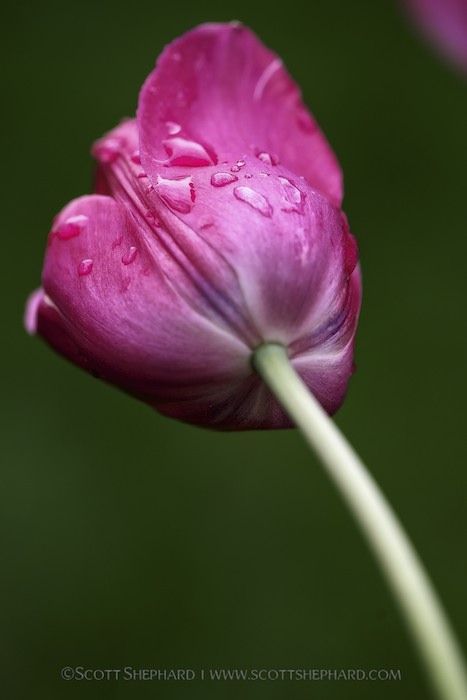 So have you ever pondered the backside of a pink tulip? You have now. The title, as my friends from the '70s may recognize, is borrowed from Joni Mitchell's song by the same title, though in her case, she's talking about clouds.
So have you ever pondered the backside of a pink tulip? You have now. The title, as my friends from the '70s may recognize, is borrowed from Joni Mitchell's song by the same title, though in her case, she's talking about clouds.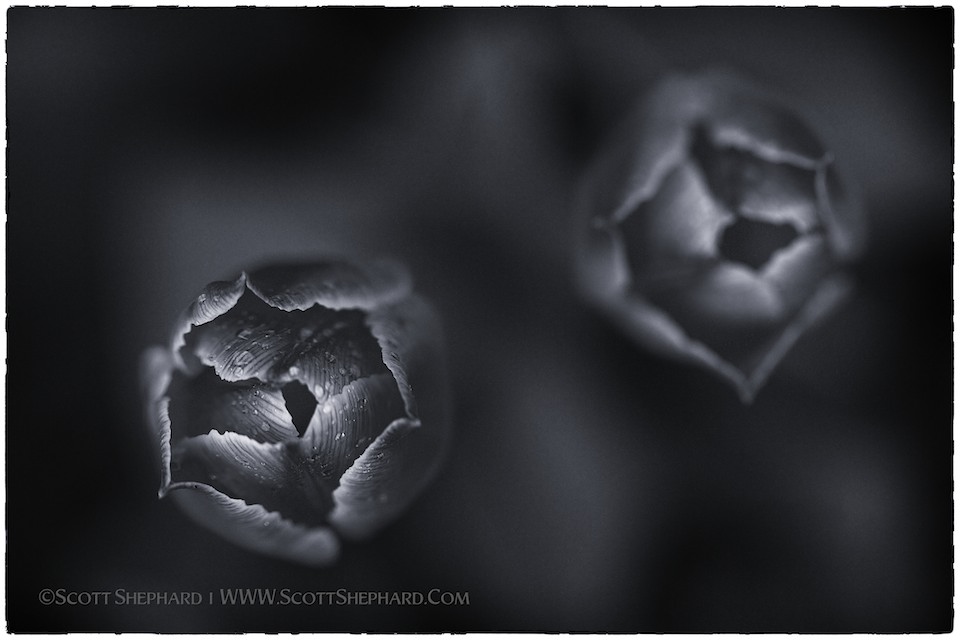 I took several photos of my wife's pink tulips. One was posted yesterday, as you may have noticed. And today I post another version. This one adopts an unusual point of view and but I remove the color. There is something a bit perverse about taking color away from a scene but black and white photographs require/allow us to see things that may be lost in the color versions. Anyway, this one has a bit of a eerie feel to it, if you ask me. But for now, I kind of like it.
I took several photos of my wife's pink tulips. One was posted yesterday, as you may have noticed. And today I post another version. This one adopts an unusual point of view and but I remove the color. There is something a bit perverse about taking color away from a scene but black and white photographs require/allow us to see things that may be lost in the color versions. Anyway, this one has a bit of a eerie feel to it, if you ask me. But for now, I kind of like it.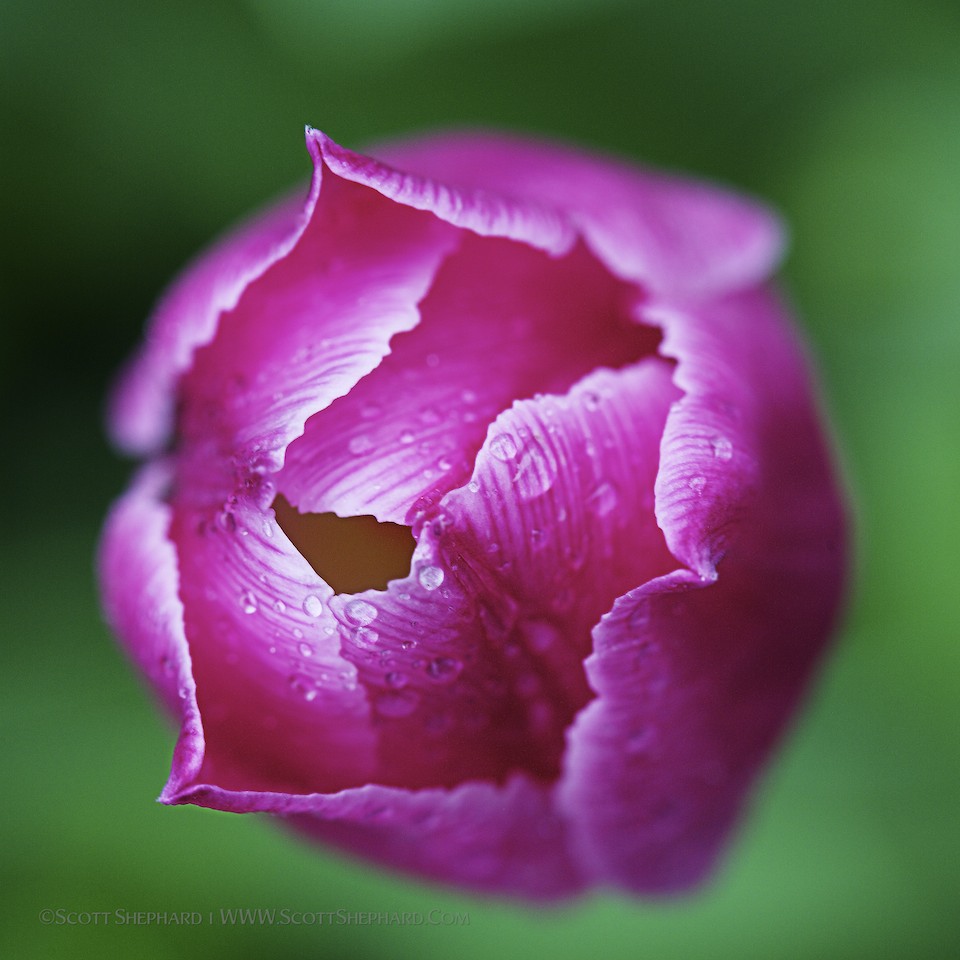 I am hung up on flowers, obviously. And I am also once again compelled to comment on the power of the photographer's point of view. The conventional view of flower is from the side and from a short distance. The tulip becomes something quite different when you view it from the top at close range.
I am hung up on flowers, obviously. And I am also once again compelled to comment on the power of the photographer's point of view. The conventional view of flower is from the side and from a short distance. The tulip becomes something quite different when you view it from the top at close range.
